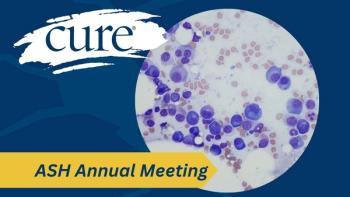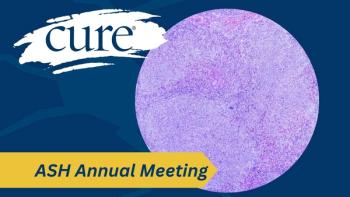
Targeting ESR1 Mutations Early May Improve Outcomes in Breast Cancer

Dr. Massimo Cristofanilli discusses the early use of camizestrant with a CDK4/6 inhibitor to target ESR1 mutations, as it may improve outcomes in metastatic breast cancer.
Targeting ESR1 mutations early with camizestrant and a CDK4/6 inhibitor may help delay bone disease and improve quality of life, according to Dr. Massimo Cristofanilli during an interview with CURE at the
Cristofanilli explains that controlling bone involvement, which often causes pain and reduced quality of life, is a major goal. Early targeting of ESR1 may not only delay progression but also potentially extend survival by halting the mutation’s impact before further damage occurs.
Cristofanilli is the director of Breast Medical Oncology, professor of Medicine, and associate director of Precision Oncology at Weill Cornell Medicine; attending physician at New York-Presbyterian.
Transcript:
What is the goal of using camizestrant in combination with a CDK4/6 inhibitor for patients who develop ESR1 mutations during first-line endocrine therapy, and how might this strategy help delay disease progression?
I think this study is very important for patients. One of the areas that we will stress in the paper, in the presentation, is the improvement in the quality of life. As we know, patients with metastatic breast cancer typically have a recurrence in the bone and later on in organs. But the bone disease is obviously painful. It may be associated with significant compromised quality of life.
So, we're always looking for treatment that delay the onset of metastatic disease, in this case, the onset of bone disease, and this has a significant impact on quality of life. And I think the prolongation of control, we hope we did more follow up, is going to show also prolongation of survival. We should live longer, because the major driver, the most important mutation, is target it very early on. It’s like putting your hand on the fire that’s causing the damage — the mutation driving the disease — and stopping it early. That’s why this is so relevant for patients.
Transcript has been edited for clarity and conciseness.
For more news on cancer updates, research and education,





